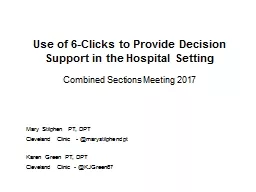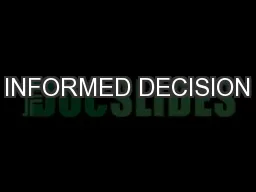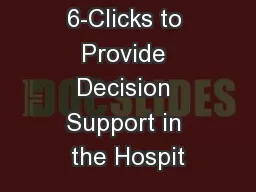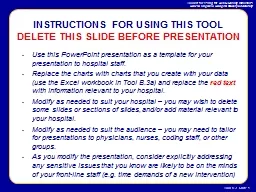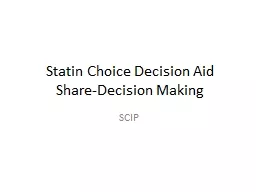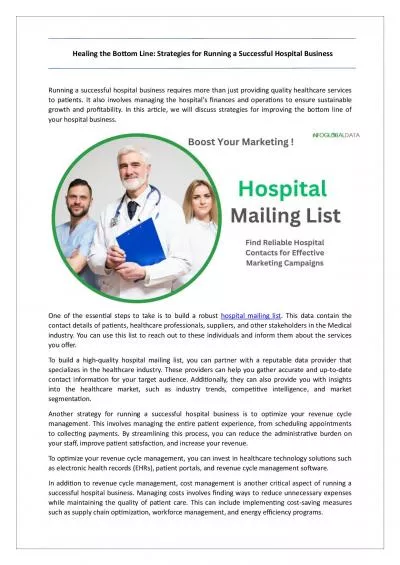PPT-Use of 6-Clicks to Provide Decision Support in the Hospital Setting
Author : kittie-lecroy | Published Date : 2018-10-24
Combined Sections Meeting 2017 Mary Stilphen PT DPT Cleveland Clinic marystilphendpt Karen Green PT DPT Cleveland Clinic KJGreen67 Description Healthcare reform
Presentation Embed Code
Download Presentation
Download Presentation The PPT/PDF document "Use of 6-Clicks to Provide Decision Supp..." is the property of its rightful owner. Permission is granted to download and print the materials on this website for personal, non-commercial use only, and to display it on your personal computer provided you do not modify the materials and that you retain all copyright notices contained in the materials. By downloading content from our website, you accept the terms of this agreement.
Use of 6-Clicks to Provide Decision Support in the Hospital Setting: Transcript
Download Rules Of Document
"Use of 6-Clicks to Provide Decision Support in the Hospital Setting"The content belongs to its owner. You may download and print it for personal use, without modification, and keep all copyright notices. By downloading, you agree to these terms.
Related Documents

